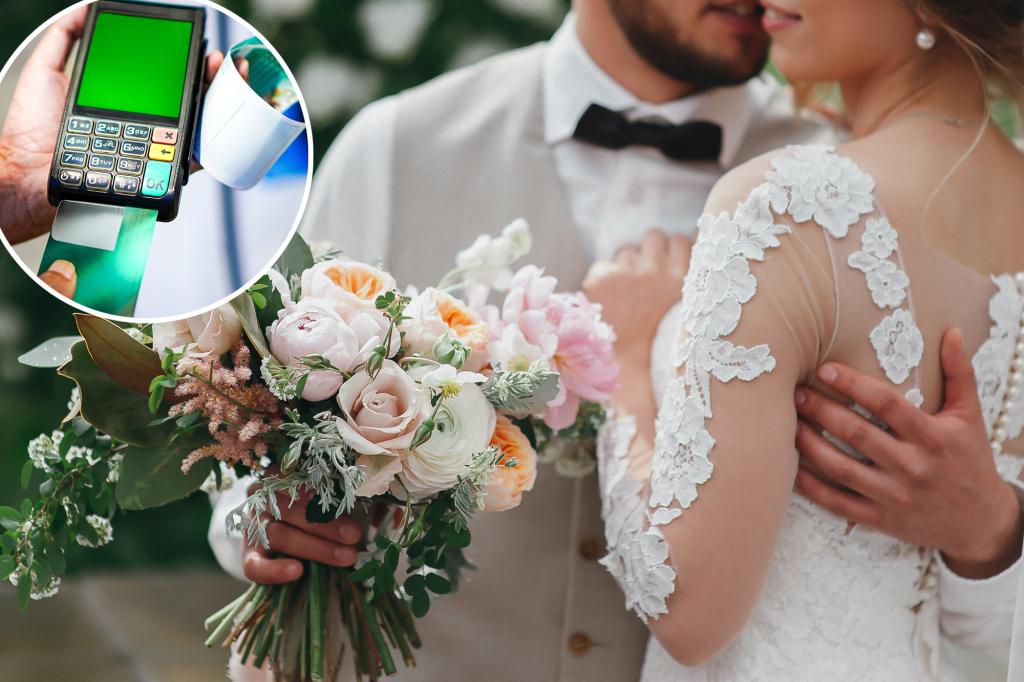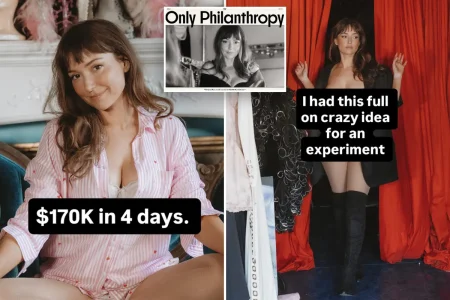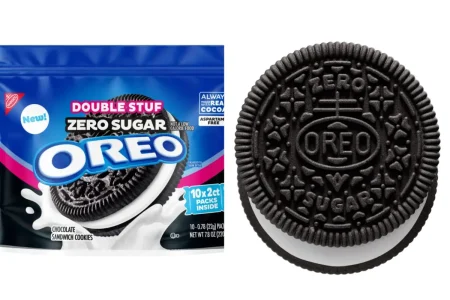From Traditional Gifts to Digital Donations: A Modern Wedding Story
In an era where digital transactions have become the norm, one British couple decided to bring this modern convenience to their wedding reception in a refreshingly practical way. Chris Martin, 35, and Tasha White, 33, from Buckinghamshire chose to eschew the traditional wedding registry in favor of a “tap-and-pay” system at their reception, allowing their 140 guests to contribute directly to their honeymoon fund. After spending 14 years together and building a family with two children—a seven-year-old daughter and a three-year-old son—the couple realized they already possessed all the household items typically gifted to newlyweds. “Tasha and I already have a house and everything we need—no one needs another five toasters!” Martin explained to the Daily Mail, highlighting the practical thinking behind their unconventional approach. Their focus was clear: to make their dream honeymoon to Mexico a reality, and they needed travel funds rather than material possessions.
The setup at their reception was simple yet effective—a credit card scanner alongside a QR code for digital payments, accompanied by a playful sign reading, “Don’t be tight, pay for our flight.” While some might consider this approach tactless or presumptuous, it apparently resonated well with their guests, who appreciated the straightforward nature of the request. One anonymous guest commented that the system was “a great idea” and “so much less faff than cash or a bank transfer.” This sentiment reflects a growing recognition that in today’s world, traditional wedding gifts often don’t align with the realities of couples who may have already established their homes long before marriage. The practicality of monetary contributions—especially when directed toward a specific purpose like a honeymoon—offers a meaningful alternative that benefits the couple in ways that material gifts simply cannot.
Martin observed that the digital payment option was particularly fitting given that “people don’t really carry cash around anymore.” This observation touches on a broader societal shift toward cashless transactions that has accelerated in recent years. By incorporating this trend into their wedding celebration, the couple created not just a convenient way for guests to contribute, but also an interactive element that became part of the reception experience itself. As the evening progressed and the champagne flowed, Martin noticed an interesting phenomenon: “As you can imagine, people got more generous as the drinks started to flow!” This amusing observation highlights how the immediate nature of digital payments, combined with the celebratory atmosphere of a wedding reception, created a unique dynamic where guests could express their generosity in the moment, sometimes multiple times throughout the evening.
While Martin tactfully declined to reveal the total amount collected, he acknowledged that their guests were “very generous” with some tapping the payment terminal more than once. This discretion maintains the privacy of their financial matters while still expressing gratitude for their guests’ contributions. The system was facilitated by Lopay, a payment processing service whose founder, Richard Carter, expressed delight in supporting the couple’s innovative approach. Carter noted that the card reader and QR code “made it so much easier for guests to give the couple a present on the day without any hassle,” reinforcing the convenience factor that made this method appealing to all involved. The frictionless nature of digital payments removed the awkwardness sometimes associated with giving cash gifts and streamlined the process for both the couple and their guests.
The success of this approach points to a potential shift in wedding gift customs that aligns more closely with contemporary lifestyles. Many modern couples, like Martin and White, establish their households and acquire necessary possessions years before formally tying the knot. For them, traditional registry items often represent redundant objects rather than useful additions to their homes. By directly requesting contributions toward experiences rather than things, couples can receive gifts that truly enhance their lives together. The honeymoon—a traditional post-wedding journey meant to cement the bond between newlyweds—becomes a shared gift from the entire community of friends and family who celebrate the marriage, creating a meaningful connection between the givers and the couple’s first adventure as spouses.
Carter’s observation that “this could really catch on at wedding venues across the country” suggests that Martin and White may be early adopters of what could become a widespread trend in wedding celebrations. As society continues to embrace digital payment methods and recognize the value of experiences over possessions, similar approaches might become increasingly common at weddings and other celebratory events. The story of this couple’s innovative solution to the wedding gift dilemma represents more than just a practical financial decision—it reflects broader cultural shifts regarding how we give gifts, how we value experiences, and how technology can facilitate more meaningful exchanges between people during important life events. For Martin and White, their Mexican honeymoon carried extra significance as a collective gift from those who witnessed their commitment, transforming what might have been simply a pleasant vacation into a journey funded by the love and support of their community.















